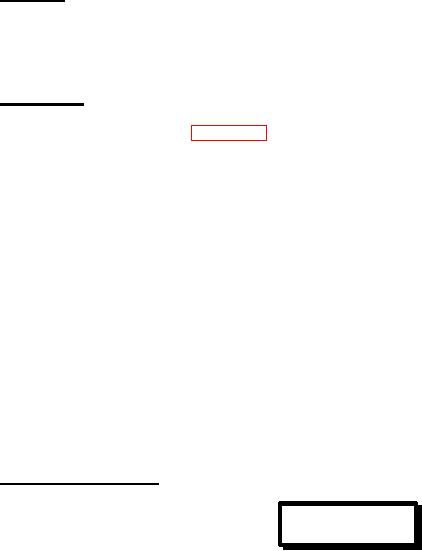
TM 5-4520-241-14
c. Assembly. Assembly of the wiring harness is the reverse of disassembly. Use rosin core electrical solder for all
soldered connections. Spray all soldered joints with a moisture repellent conforming to MIL-V-173 (Columbia Technical
Corporation Humi-Seal, No. 1A27, Class A, or equivalent).
8-3.
COMBUSTION MOTOR.
a. Disassembly.
(1) Unsolder wires (5 and 6, figure 8-2) from suppression capacitors (3), and pull off motor housing (4). Remove
nuts (1) and washers (2) to remove capacitors from motor housing.
(2) If thermal cutout (9) must be replaced, cut and discard Ty-rap (7), and cut off butt connectors (8) to remove
them from wires (5 and 10).
(3) Remove brush holding screws (11) and brush holder clamps (12) that secure carbon brush assemblies (13).
Ground strap (14) is secured under one screw (11).
(4) Lift the carbon brush assemblies to one side and remove field screws (15).
(5) Remove frame cap (16) and pry out loading spring (17).
(6) Remove nut (18) and washer (19). Pull out armature (20) and field (21).
(7) Remove upper ball bearing (22) from the armature shaft only if replacement is necessary.
(8) Pry off housing frame assembly (23). Remove lower bearing (22) only if it must be replaced. Lift out spacer
(24), fan assemblies (35), spacer spool (26), upper chamber (27), and lower chamber (28).
b. Cleaning and Inspection.
WARNING
Clean parts in a well-ventilated area. Avoid inhalation of solvent fumes and
prolonged exposure of skin to cleaning solvent. Wash exposed skin thoroughly.
Dry cleaning solvent (fed. spec. P-D-680) used to clean parts is potentially
dangerous to personnel and property. Do not use near open flame or excessive
heat. Flash point of solvent is 100 F (38 C).
(1) Wipe all electrical parts with a cloth dampened in dry cleaning solvent (fed. spec. P-D-680), and allow to dry.
8-4

